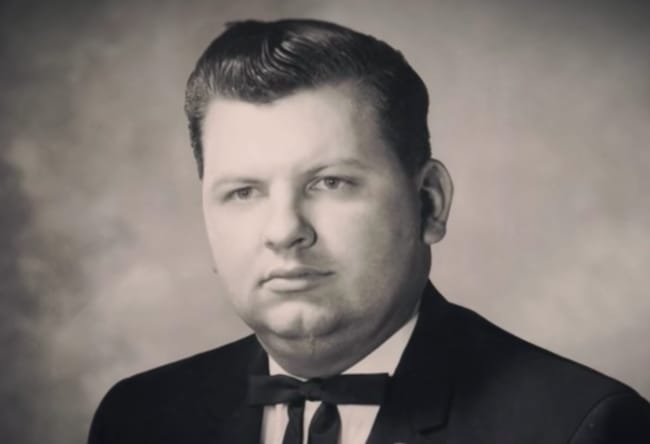
Conversations With a Killer: The John Wayne Gacy Tapes director Joe Berlinger knows a thing or two about true crime. After a 30-year career of making documentaries about killers, he chose to focus on famous killer clown John Wayne Gacy for his Conversations With a Killer sequel because he’s fascinated by what he has in common with other famous serial killers — his ability to hide in plain sight as a normal, trustworthy member of society.
“I’ve been doing true crime for 30 years. It’s my conclusion, and I’m not the only one — anyone who dabbles in this field recognizes that the people who do evil in this world are the people you most often trust and least expect,” Berlinger told MovieMaker.
Conversations With a Killer: The John Wayne Gacy Tapes is currently streaming on Netflix. It debuted on April 20 and quick shot to No. 1 on the streamer’s Top 10 list of most-watched programs.
Berlinger said what fascinated him about Gacy and other killers was their ability to pose as normal, law-abiding citizens.
“Whether it’s the pedophilic priest — something that is such a betrayal of trust — or whether it’s Bernie Madoff… the point is, Gacy, Dahmer, Bundy, Cottingham, there are others, but these guys, to me, just represent the epitome of that idea that they were people who presented themselves very well to society.”
As Berlinger pointed out, Bundy — the subject of the first Conversations With a Killer series and of Berlinger’s based-on-real-life drama Extremely Wicked, Shockingly Evil, and Vile — deceived everyone in his life, including his live-in girlfriend, Liz Kloepfer, even as he was actively committing murders. Similarly, Gacy was the president of his local democratic precinct, as well as the chaplain of a leadership training civic organization called the Jaycees. He was also a successful contractor who ran his own business and often threw large, well-attended barbeques at the same Chicago residence where he stashed the bodies of 29 of his victims.
Also Read: The Northman DP Jarin Blaschke on Staging the ‘Land of the Rus’ Battle Sequence
“Can you imagine living next to a house where dozens of people have been buried in the crawlspace, and yet you think he’s a good guy and you want to go to his next neighborhood party?” Berlinger said. “I’m fascinated by that duality because I think most crime is done by the people you least [expect].”
Berlinger also felt Gacy would be a fitting subject for the second installment of his Conversations With a Killer series because of the opportunity to tell the story of his 33 victims, all of whom were young men and boys and some of whom were from the gay community.
“True-crime has never been more popular, but it’s also never been more controversial… and there’s some true-crime that just kind of wallows in the misery of others without a larger social context. For me, anytime we tell a story, it needs to be infused with social context. So to tell this story in 2022, to pull back and understand Gacy in the context of the times, I think, was an important exercise,” he said. “Homosexuality was still being talked about as a potential sickness [in the 1970s]… and I think those prevailing attitudes in the time created an indifference to a growing number of kids going missing, and it just didn’t register,” he added. “It forced kids who were afraid to come out to their parents that they had to leave home and live a clandestine life. All of that is what Gacy certainly preyed upon.”
Main Image: John Wayne Gacy pictured in Conversations With a Killer: The John Wayne Gacy Tapes courtesy of Netflix
Share:

